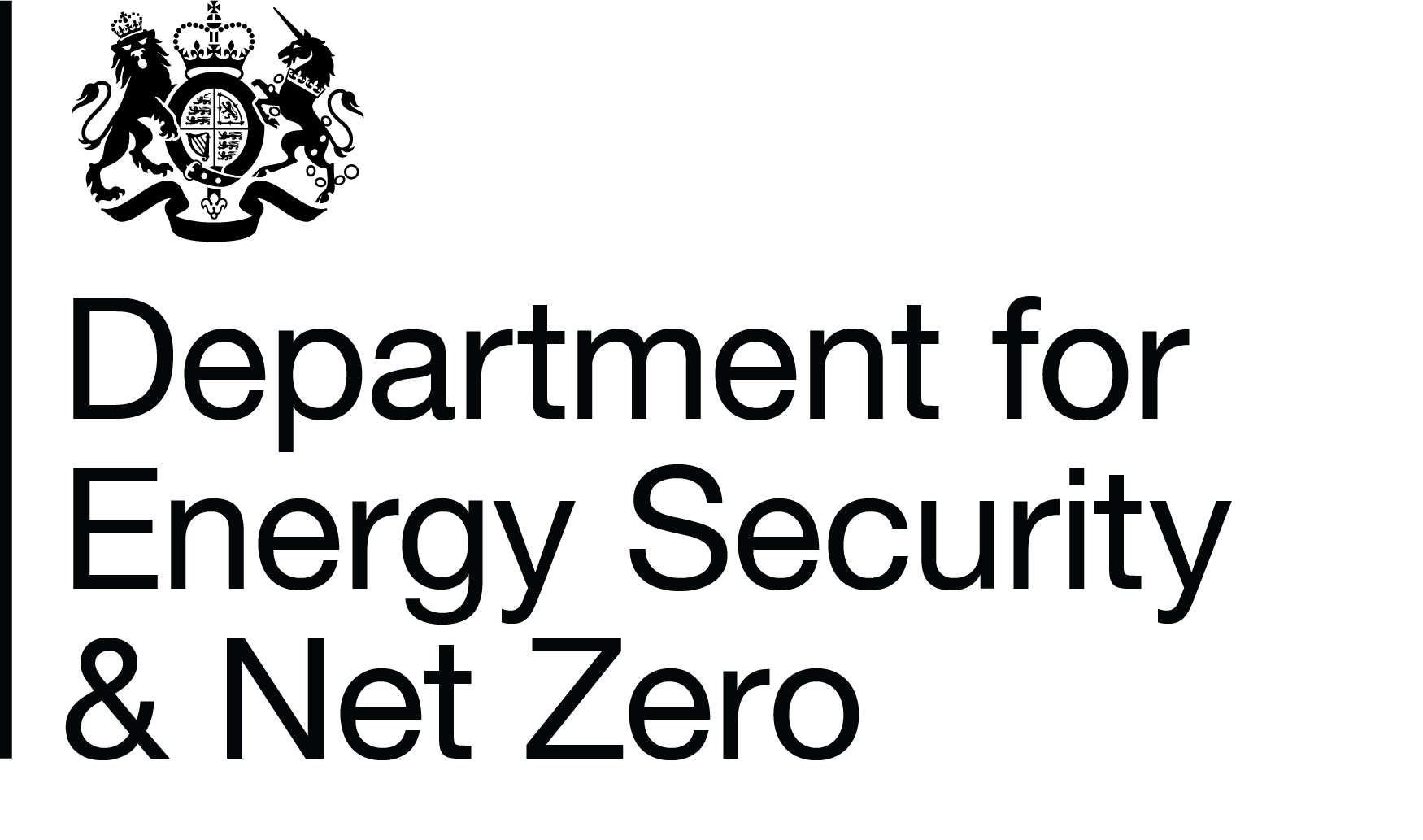The Department for Business, Energy & Industrial Strategy (BEIS) publishes annual statistics on the number and proportion of households that are fuel poor in lower super output areas (LSOA) as well as other regional granularities.
Resource
The Department for Business, Energy & Industrial Strategy (BEIS) publishes annual statistics on the number and proportion of households that are fuel poor in lower super output areas (LSOA) as well as other regional granularities.

Provided by: Department for Energy Security and Net Zero (DESNZ)
Fuel poverty in England is measured using the Low Income Low Energy Efficiency (LILEE) indicator. Under this indicator, a household is considered to be fuel poor if:
and
There are 3 important elements in determining whether a household is fuel poor:
End of Preview
Designed to aid Local Authorities in developing robust, evidence-based plans to enable Net Zero.
Already have an account? Login